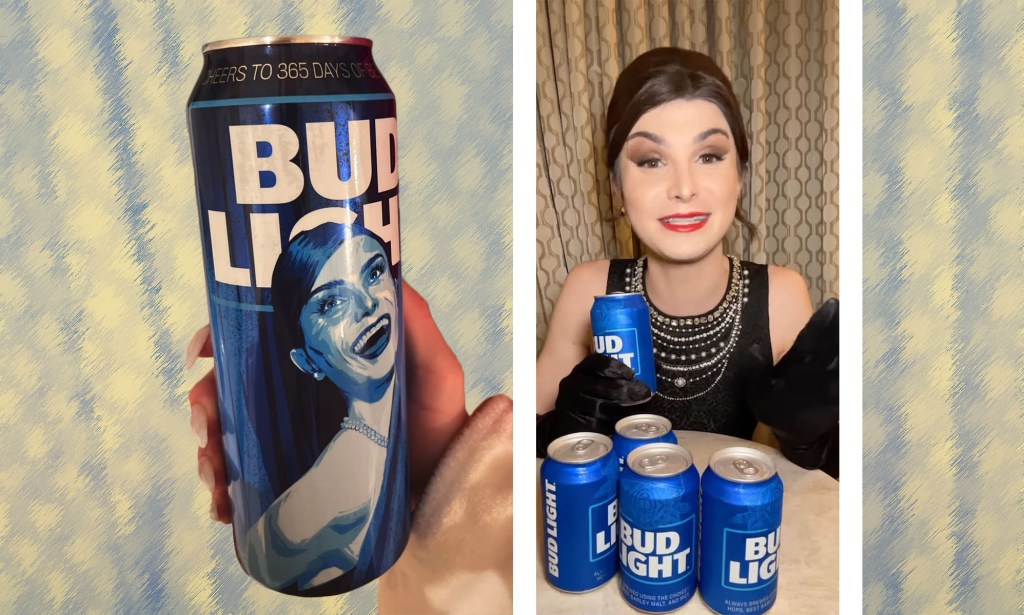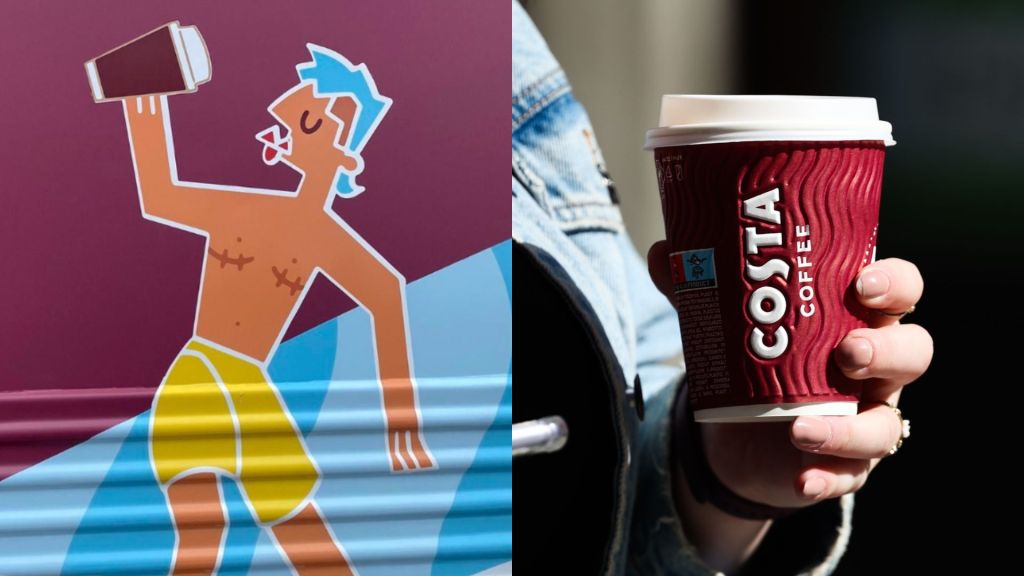Are trans people being used for ‘outrage marketing’? Why brands must put inclusion before publicity

Are brands using outrage marketing to gain free publicity? (Canva)
On 1 April, trans influencer Dylan Mulvaney sat down in front of her camera to film an Instagram video promoting Bud Light, after the beer company gave her a single personalised can.
“This month I celebrated my day 365 of womanhood and Bud Light sent me possibly the best gift ever – a can with my face on it,” she said in the video.
No one could have predicted the ensuing backlash that would dominate social media, news broadcasts and the stock market in the weeks and months to come.
Anti-trans bigots undertook a boycott of the brand, which for more than a decade was America’s favourite, smashed shelves of the beer in stores, abused people for buying it and sent bomb threats to breweries.
Kid Rock and other celebrities filmed themselves shooting Bud Light cans or smashing them on stage, and the brand’s sales dropped.
Conservative media outlets ran transphobic coverage of the situation, disparaged Mulvaney and exacerbated the outrage in a near-constant feedback loop.
While Bud Light is certainly the most prominent example of recent right-wing ire against LGBTQ+ inclusion, it is not the only company to face that outrage.
In the months that followed, Target, Starbucks, adidas and Costa Coffee faced similar calls for boycotts for including the LGBTQ+ community – particularly trans people – in their marketing.

LGBTQ+ inclusion is nothing new. For years, brands big and small have ensured LGBTQ+ people are represented in their advertisements, products and campaigns. Some received criticism for performative ‘pink-washing’ of their business practices while others have been praised for working directly with the community itself.
However, there has been concern that certain companies having been using the controversy that followed the Mulvaney-Bud Light campaign to their advantage – a move known as outrage marketing.
Put simply, there are worries in some quarters that brands are specifically including LGBTQ+ people in their advertising to stir up anger from conservatives, resulting in their brand being discussed widely on social media in a viral way and increasing awareness of it.
Weighing in on the concerns, Hayley Knight, the co-founder of Be Yellow – a PR and marketing agency – and the former deputy head of PR at Pride in London, acknowledges that there is a long history of brands working with LGBTQ+ people and supporting queer rights.
However, “there is a thin line between inclusion and publicity”, she tells PinkNews.
“Brands understand the power of diversity and inclusion when it comes to marketing and PR, but being controversial, seems to be fast becoming the latest marketing trend to gain online engagement and traction.”
But even though brands that use LGBTQ+-inclusive content can increase sales by 40 per cent, marketing still has an inclusion issue, she claims.
“LGBTQ+ inclusion has the power to modernise a brand, and reach new audiences, but we are seeing an increase in companies who either have a history of not supporting the community, or targeting an unsupportive audience, suddenly including LGBTQ+ individuals and themes into their campaigns to develop social media engagement and create social relevance.”
Such tactics do not sit well with Knight.
“Controversy can only take you so far, and provide limited PR opportunities, and brands have more to lose than they gain from it, including isolating modern audiences,” she says.

Luana Ribeira, the founder of Dauntless PR, also notes that some brands might specifically make decisions they know will provoke reaction and cause controversy, and, as a result, gain free publicity.
However, Ribeira says it could also be the case that brands are genuinely passionate about LGBTQ+ inclusion.
“It could be that they want to repel a certain type of person,” she explains. “Great marketing can repel the people outside their target audience just as much as it can be a magnet for those who fit within their intended market.
“Outrage marketing can work very well, but if a brand goes down this route, it needs to be done with care and intention so as not to unintentionally turn off those who do fall within the target audience.”
Another PR expert, Aby Hawker, the founder and chief executive of TransMission PR, a communications consultancy specialising in trans and non-binary inclusion and awareness, pointed out that some “brands are still finding their feet” when it comes to trans representation, so there are still a number of poor marketing campaigns being exercised.
“Get it right,” she says, “and there are huge PR gains to be had in terms of showcasing your brand values and proving your inclusivity credentials. Get it wrong, and you can do a huge amount of damage to your reputation, not to mention the community.”
Citing the recent example of the backlash against Costa Coffee for including an illustration of a person with top surgery scars, Hawker pointed out how it resulted in worldwide coverage.
“Irrespective of the backlash that followed, the image sent a very clear message: Costa recognises all of the customers it serves, even those from minority groups,” she told PinkNews.
“The problem comes when brands do it for the wrong reasons. They need to understand that trans people are not a trend to be jumped on. They are a minority group which is being disproportionately targeted right now.
“Brands who are inclusive have a huge opportunity to showcase their allyship credentials by simply showing up for the community and standing firm in the face of [a] backlash. That’s a pretty low bar in terms of what’s required of them.
“We have seen what happens to brands that are doing it for the exposure. It is this insincerity that causes damage to the brand, not the fact that they choose to demonstrate their support for trans people,” she said.
How did this story make you feel?

